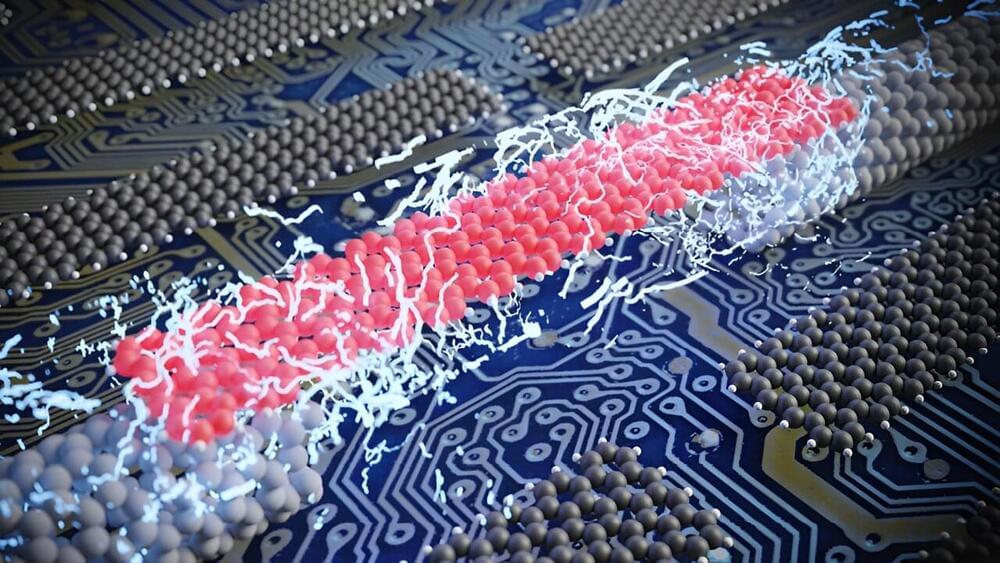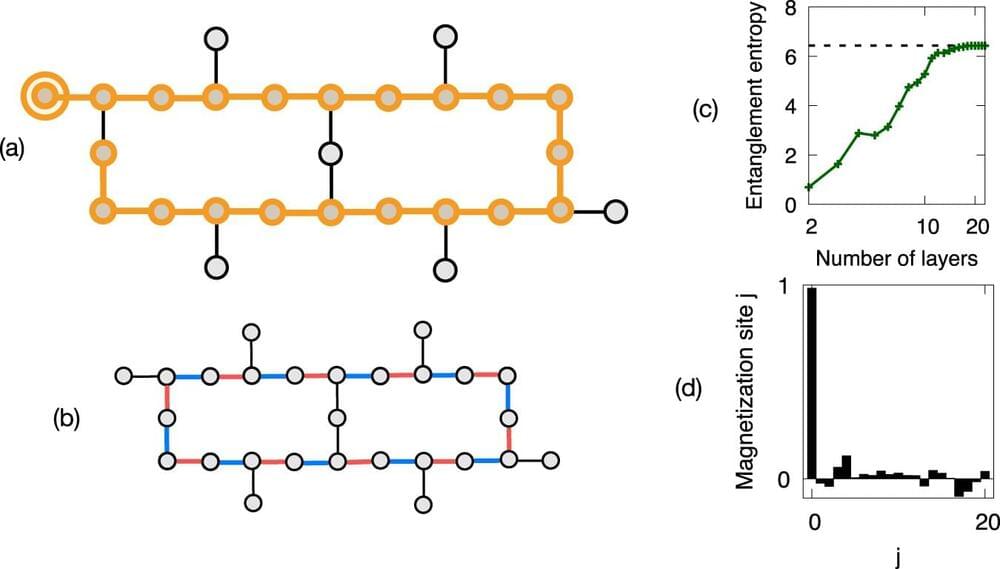Aug 18, 2023
Postdoctoral Fellow in Microbial Genomics, Bacterial Pathogenesis and Antimicrobial Resistance Unit
Posted by Shubham Ghosh Roy in categories: biotech/medical, computing, health
The National Institute of Allergy and Infectious Diseases (NIAID), one of the largest institutes in the National Institutes of Health (NIH), part of the Department of Health and Human Services (HHS), conducts and supports basic and applied research to better understand, treat, and ultimately prevent infectious, immunologic, and allergic diseases. The Bacterial Pathogenesis and Antimicrobial Resistance Unit (chief John Dekker) in the Laboratory of Clinical Immunology and Microbiology in the Division of Intramural Research (DIR) within NIAID seeks candidates for a postdoctoral fellowship position in microbial genomics.
This position will offer a unique opportunity to work at the intersection of pathogen genomics, systems biology, and clinical infectious diseases. The lab uses a variety of genomics, transcriptomics, metabolomics, imaging, and molecular approaches to study bacterial pathogens and antimicrobial resistance, with a focus on intra-host evolution in the context of infection. Access to state-of-the-art short-and long-read sequencing, metabolomics, optical, and computational resources is available. See more information about the Bacterial Pathogenesis and Antimicrobial Resistance Unit under chief John P. Dekker and an example of their recent work.

















